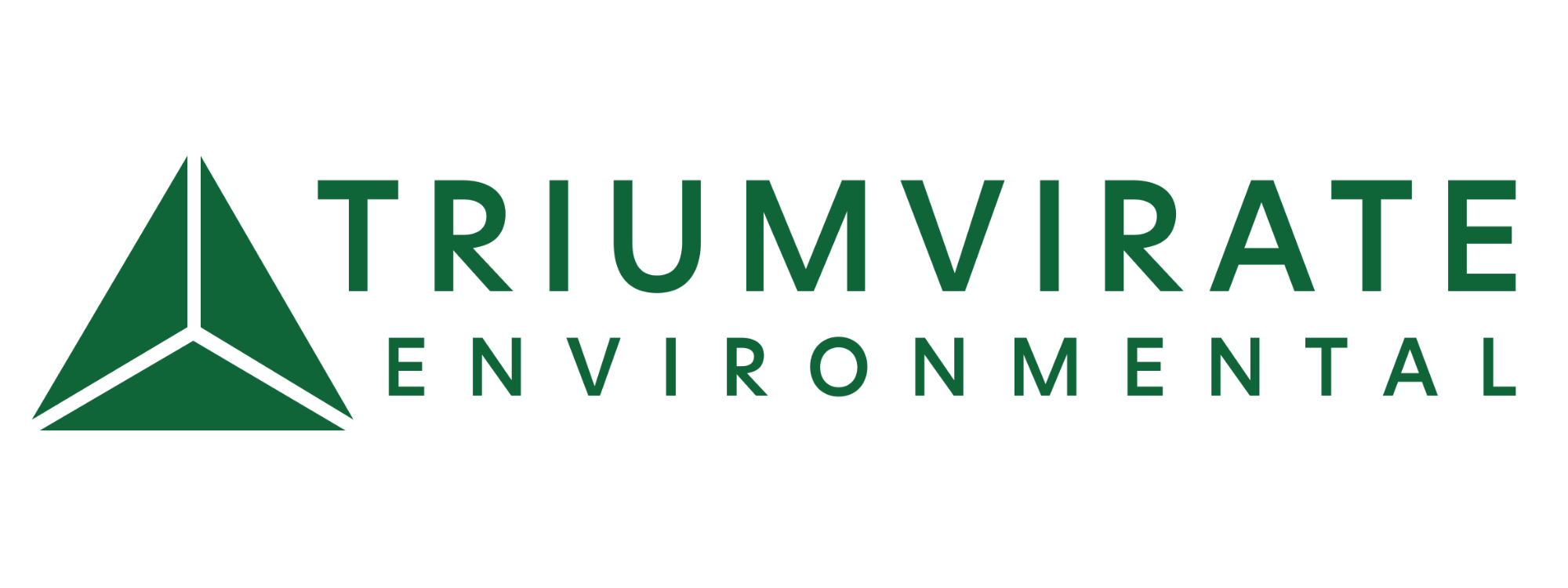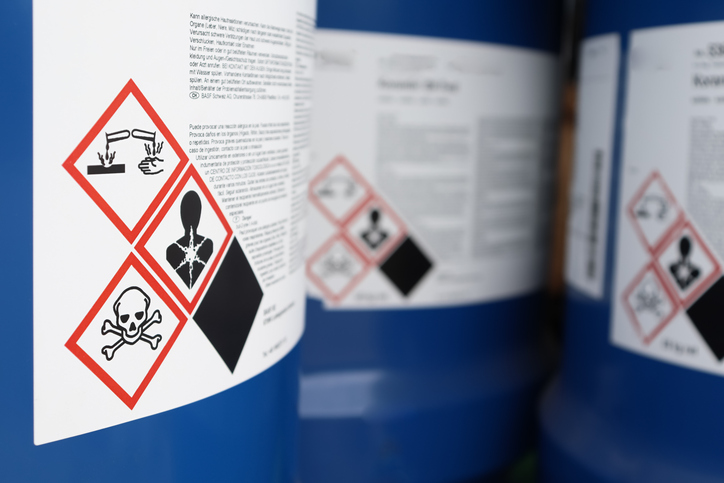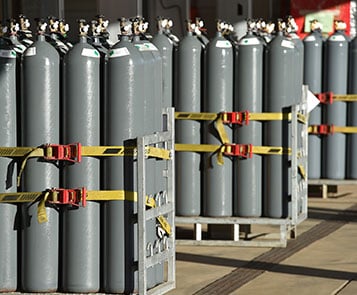Hazard Communication Safety Requirements—And Failures
We continue our analysis of 2023's most frequently violated OSHA standards with a discussion of Hazard Communication safety standard requirements.
The Hazard Communication safety standard is one of the Occupational Safety and Health Administration’s (OSHA’s) most important—but also one of the most frequently violated. Luckily, there are ways for managers to prioritize safety with respect to hazard communication—which will help avoid fines, accidents, and loss of brand image.
In 2022, Hazard Communication was second on OSHA’s list of the most frequently cited violations with 2,682 citations across industries. Non-compliance with this standard potentially exposes facilities to fines of up to $15,625 per violation and penalties of over ten times as much per citation if the violation is willful or repeated. On top of this, lacking hazard communication can result in avoidable accidents that can reduce safety culture, cause lost work time, and even negatively impact brand reputation. This underscores the prevalence of Hazard Communication standard violations—and the need to learn how to avoid being cited.
Hazard Communication is a vital safety standard for organizations, industry-wide—and one that operations managers need to consider. In fact, in an independent study from Triumvirate Environmental, 62% of respondents indicated that the Hazard Communication safety standard most applied to their operations. Here, we examine in-depth the details of this safety standard and the precautions that should be implemented to avoid non-compliance.
OSHA's Hazard Communication Standard
In many workplaces, employees work with hazardous chemicals or other materials that threaten human, environmental, and community well-being. A chemical is considered “hazardous” if it is classified as a physical or health threat, including simple asphyxiants, combustible dusts, and pyrophoric gases, as well as hazards not otherwise classified.
These hazardous chemicals can be present in the air, on the ground, or actually within the materials workers use daily, either combined with other substances or in pure form. They can cause irritation and carcinogenicity, among other consequences, and there are different exposure levels that are “acceptable” depending on the material. In fact, there are even different categories of HAZMAT suits that offer varying levels of protection to the workers who wear them—and the choice of personal protective equipment (PPE) comes down to the substances the worker interacts with.
Hazardous materials are liable to spill or leak, which can mean direct exposure to human skin or lungs, or worker slips in puddles or wet spots. They may also be explosive, which can result in shrapnel and other equally serious consequences—such as death or damage to a facility’s structure and equipment.
Any of these unwanted and often unpredictable events can pose a threat to human safety. They can also shut down operations, causing lost money as well as something no organization can ever recover—time.
Current Hazard Communication Regulations
The threats introduced by hazardous workplace substances led to OSHA developing the Hazard Communication Standard (HCS) (standard 1910.1200). This standard outlines a worker's right to know and understand all chemical safety hazards that exist in their workplace.
As part of this standard, chemical identity and hazard information must be available and understandable to all workers. To make the system coherent in terms of hazard identification, OSHA synchronized the HCS with the Globally Harmonized System of Classification and Labelling (GHS).
Required hazard communications must include a variety of separate items, including:
- Labels and Safety Data Sheets (SDSs) (standard 1910.1200(b)(1)):
According to OSHA, “This section requires … all employers to provide information to their employees about the hazardous chemicals to which they are exposed, by means or a hazard communication program, labels and other forms of warning, safety data sheets, and information and training.”
Practically, this means that incoming hazardous materials should always have a label outlining the relevant hazards, and this label should never be removed or defaced. All outgoing hazardous materials should be properly labelled as well. Labels should be legible and, after any hazard information discoveries, must be updated within six months. Recently, OSHA updated label requirements within the HCS—labels must include a precautionary statement, pictograms, a harmonized signal word, and a hazard statement for each class and category.
For every hazardous chemical a facility produces or exports, a 16-section SDS is also required. These should be distributed downstream, from employers to employees. These SDSs should be current and readily accessible to workers at all times, and managers must ensure that these SDSs are included in all imports and exports from their facility. These should be kept in English, although it is encouraged that SDSs are available in other appropriate languages as well.
- Hazard Classification (standard 1910.1200(d)(1)):
From OSHA: “Chemical manufacturers and importers shall evaluate chemicals produced in their workplaces or imported by them to classify the chemicals ... . For each chemical, the chemical manufacturer or importer shall determine the hazard classes and, where appropriate, the category of each class that apply to the chemical being classified. Employers are not required to classify chemicals unless they choose not to rely on the classification performed by the chemical manufacturer or importer … .”
In practice, this is means that all relevant material hazard data must be identified to categorize that chemical within a hazard class. Informed by hazard classification by manufacturers and importers, hazard communications should list health and physical risks.
- Training (standard 1910.1200(g)(11)):
OSHA states: “Employers shall provide effective information and training on hazardous chemicals in their work area at the time of their initial assignment, and whenever a new chemical hazard the employees have not previously been trained about is introduced to their work area.”
Employers need to train workers in the use and handling of any hazardous materials they will be using in the facility. Employees must also be trained on label elements and SDSs, to ensure they understand and can recognize the hazards of the materials they are exposed to at work.
Prevent Hazard Communication Shortcomings
The HCS sections outlined above, among others, are often overlooked by managers—leaving their organizations non-compliant. Luckily, facility managers can achieve compliance and so avoid HCS-related OSHA citations by observing the following practices:
- Regularly review chemical inventory: This will help ensure that employees know exactly what hazardous materials exist within the facility. Knowing exactly what is stored can help make sure that all of these chemicals have appropriate labels and easily-accessible SDSs. Managers should also review the guidance for these hazardous materials—and when doing so, as appropriate, update SDSs with new information.
- Understand the hazard classification criteria: Knowing hazard classification criteria increases awareness of the exact risks of working with the hazardous materials they classify. In turn, this will help promote better understanding of mitigation strategies during exposure—including during PPE selection or by keeping on-site material quantities under pre-set safety thresholds.
- Prioritize training: In the EHS industry overall, proper training in hazard communication protocols is paramount. Efficient, thorough, and well-designed training is a proven way to make sure that employees are getting the best possible information. Customizable, engaging, and easily trackable trainings will help employees succeed.
- Regularly check for HCS updates: OSHA often modifies HCS guidance. Regular checks for updates and as-needed changes to operational safety plans will help promote compliance.
Avoiding Hazard Communication Citations
Following these steps will help avoid OSHA HCS violations and fines—and contribute to overall compliance and worker safety. Interested in learning more about improving workplace safety through hazard communication? Talk to one of our safety experts today.










.png)